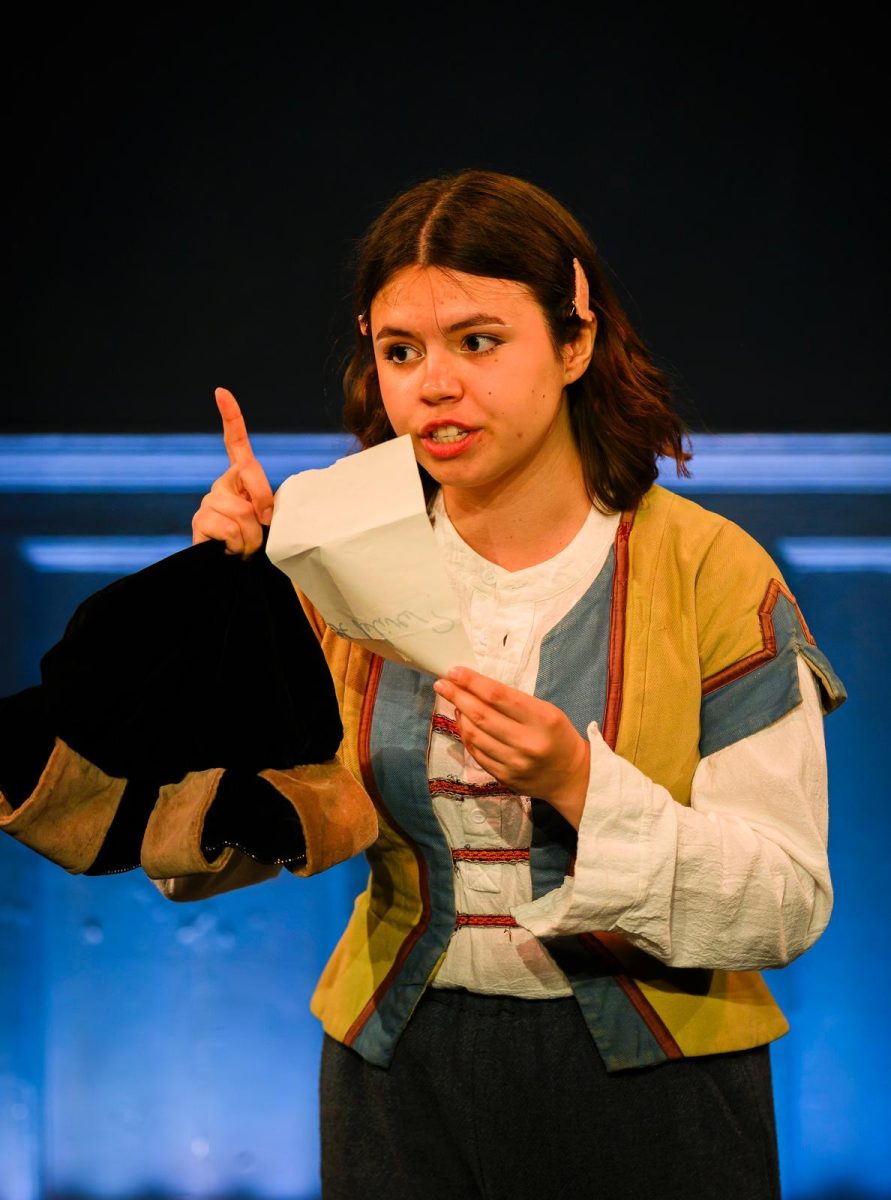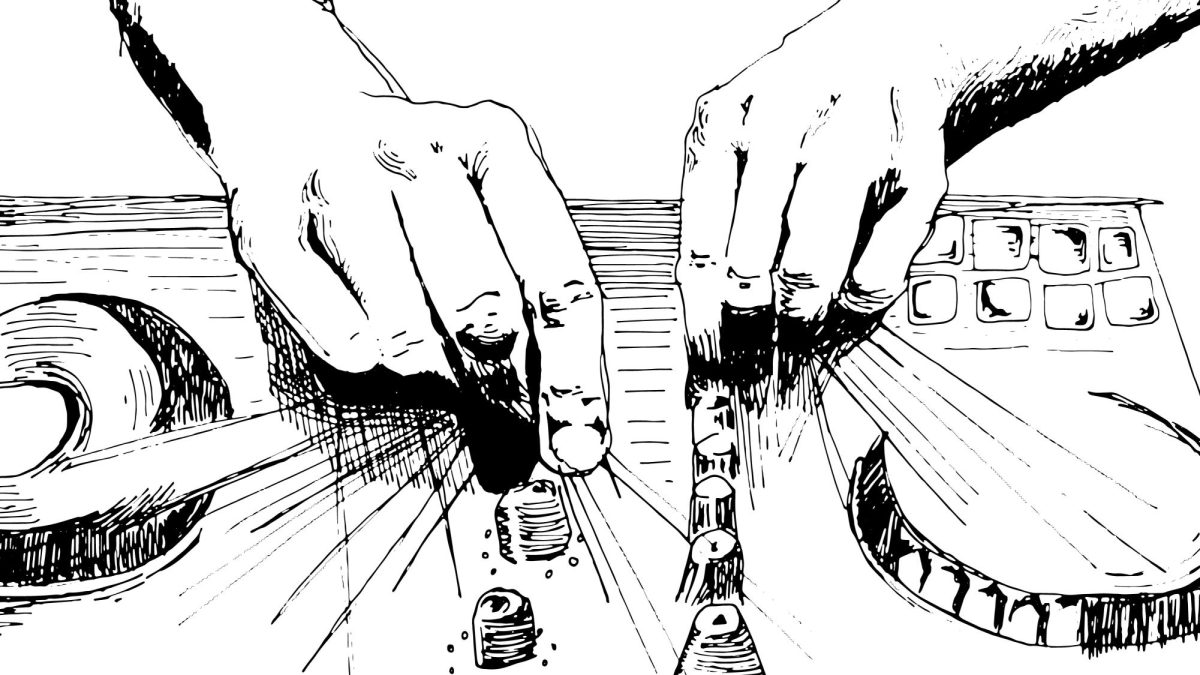
This past week, Williamstown community members and students alike crowded in the lecture halls beneath the Williams College Museum of Art (WCMA) to hear Iraqi food writer Nawal Nasrallah discuss the culture of food in the Middle East. Nasrallah’s lecture was presented in accordance with the ongoing exhibition in WCMA’s 1935 Gallery, The invisible enemy should not exist. The piece, by artist Michael Rakowitz, is an expansive reconstruction of seven limestone reliefs that once lined palace walls, using contemporary Middle Eastern food packaging from northern Iraqi brands.
Nasrallah began her introduction with a sentimental speech on the power of food, citing The invisible enemy should not exist and her 2019 cookbook with Rakowitz, A House with a Date Palm will Never Starve, as one of her many inspirations for her views on the interactions between political upheaval and the communion of food.
She separated her lecture into six overarching topics: the date palm (the “Tree of Life”), bread, Keicha cookies, Masgouf, stew, Mazawwarat, and the cuisine of intrigue and showmanship. She began with a cultural and historical dissection of the agricultural systems of Mesopotamia, explaining the intricate irrigation systems built in order to sustain life and community in areas distant from water sources. In Nasrallah’s words, “What makes a cuisine is water. It opens a world of possibilities.” Canal systems were excavated with the help of entire communities and were laid out in a way that connected not only water but people too.
We were then introduced to the date palm, a high-calorie food served either fresh or dried. Nasrallah pulled from pieces of ancient art to present how the palm was often depicted in relation to Adam and Eve and scenes of Babylonian refugees. The plant was often perceived to connect heaven, Earth and the underground, creating an art theme of its very own: mother, child and date palm. Many believe that when Virgin Mary was in labor she was told by God to shake a date palm for sustenance.
The conversation continued with the contextualization of bread, the marker of Middle Eastern civilization and food culture: Kleicha, the Iraqi national cookie stuffed with dates. Masgouf, a distinct form of smoked barbecued fish, needs to be opened from the back in order to separate the fish into equal parts so they do not fall when suspended on sticks. The stuffed and rolled dish, widely known as Kubbat Mosul, hints at the elements of surprise in Middle Eastern dishes. And lastly, Muzawarrwat, also known as “counterfeit dishes” that are considered fake due to lack of meat, are an essential part of Middle Eastern food culture. The fake dishes were often used for Lent fasting and considered suitable for the ill to digest. Nasarallah expressed her sadness for a meatless meal: “Faith has gone array! Where are the fried dishes?”
The lecture was stimulating and encouraged the local Berkshire community to perceive food as an identity and a medium that gives way for lost narratives. Nasrallah also spiced the event up with a tasting afterwards. The food offered included extensive amounts of wine, Kleicha, date syrup and a multitude of other dishes that were quickly eaten by others. As eventgoers lined the walls of the WCMA lobby to enjoy the food and conversation, it was hard not to think about Nasrallah’s closing speech.
She ended on a powerful note, calling to the innate hospitality ingrained in Middle Eastern culture. Food is a means of familial communion, and during the tasting a new group of people got to experience and embody those words.
“I don’t think there is a lot of discussion regarding community events surrounding food on campus,” Victoria Liu ’21 said. “Usually everything is extremely academic. I loved how the topic felt more casual even though all her findings were serious and passionate… I found everything to be enjoyable — I don’t know anyone who wouldn’t want to learn more about food.”







